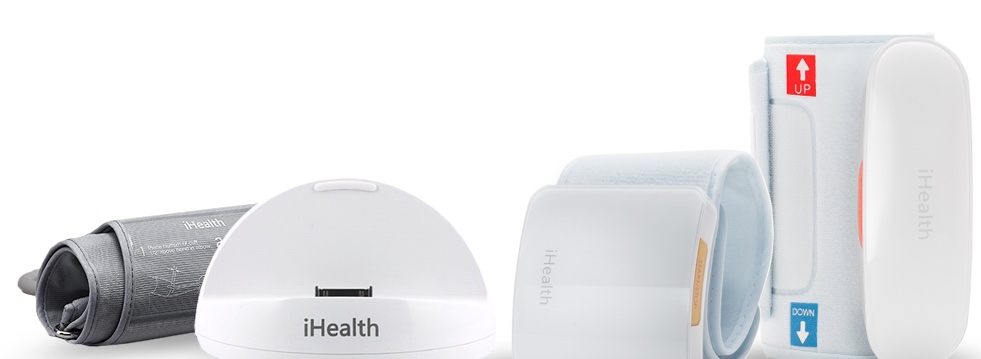Strategy Analytics (www.strategyanalytics.com) has identified that the camera of a smartphone is the most-used, on-device feature thus far, while also being a consumers’ number one priority when purchasing a new mobile device. It is clear that users are always looking for value-added features to improve their photo capturing experience.
A recent study from the Wireless Device Lab (WDL) at Strategy Analytics, surveying smartphone camera behaviors, found that when capturing a photo, consumers are most interested in “lining up the shot,” “angling the camera correctly” or “positioning the subject the right way” prior to capturing a photo. Concern was highlighted when capturing photos in dim lighting, as shadows appeared on the photos and flash caused unwanted “red eyes” or “washed out skin color.”
“To solve these issues, camera phone manufacturers need to work on improving the low light settings on the main camera so that the subject is easily captured in darker settings, reducing the need for flash or extra steps,” says report author Monica Wong. “Adding gridlines as an optional camera setting may also make the consumer experience easier to capture the right angles and better align photos”.
The speed of launching the camera is also important as consumers expect technology to keep up with their busy lifestyles, she adds. While a designated quick launch camera button would be beneficial for consumers, particularly to capture pictures promptly, manufacturers must also ensure the phone’s internal processor does not slow this launch process down”.
“As selfies become more popular it is important to remember that the front camera is constantly in use as well,” says Paul Brown, director, User Experience Practice, Strategy Analytics. “Consumers are sometimes unable to capture a whole group of friends or more scenery in a photo due to the front lens; or the photos are simply too ‘dark’ or ‘blurry’. To improve the user experience, features such as wider angled lenses, better apertures or even a panoramic front facing camera, should be addressed.”


